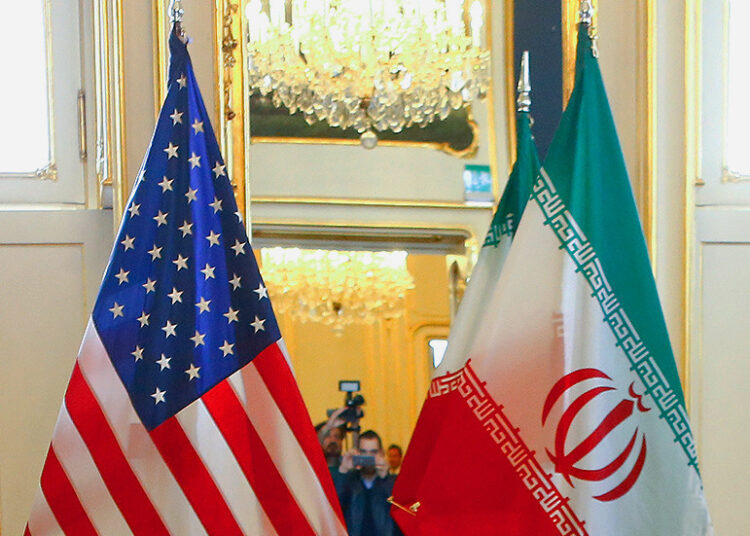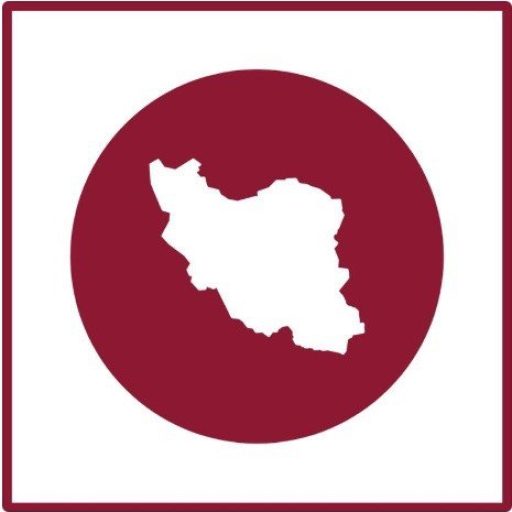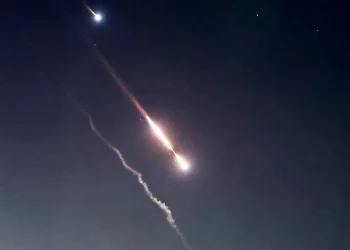The remarks issued recently by Iran’s Foreign Minister, Hossein Amirabdollahian, pertaining to the nuclear negotiations and the so-called “September document” has set the stage for fresh contemplation on the policy course of both Iran and the United States in relation to the nuclear talks of 2022, along with any conceivable negotiation process and prospective nuclear accord initiative.
In an interview with the Iranian newspaper, Ettelaat, the foreign minister discussed the latest developments concerning Iran’s nuclear talks, referencing a document identified as the latest text on the table. This piece was subsequently cataloged in the press under the analogous “September document”. Consequently, this catchphrase accrued quick prominence, featuring as a primary headline in numerous Iranian media outlets.
In a report from the preceding month titled “US strategy toward Iran’s nuclear deal: Change or continuity?”, Iran Nuances penned: “Commencing in April 2021, the preceding series of nuclear talks between Iran and other signatories to the 2015 nuclear pact, and the United States, continued unabated up until September 2022. This period witnessed negotiators twice inching toward the precipice of clinching a deal. In March 2022, after Russia invaded Ukraine, Moscow demanded a written assurance from the US, ensuring the sanctions would not perturb the economic interface between Iran and Russia. Later, between August and September 2022, the agreement neared fruition, owing to the exchange of explicit terms and conditions between Iran and the United States—this promised an imminent agreement, yet swiftly dwindled into disappointment.”
Concerning the outline for the September 2022 draft, there were speculations. Al Jazeera contended in an August 19, 2022 report that the proposed deal would materialize in four stages spanning two 60-day cycles. Supposedly, the US had guaranteed Iran the ability to market 50 million barrels of oil within a 120-day span. Concurrently, Iran’s assets frozen in South Korea were to be liberated, while sanctions against 150 Iranian financial entities and 17 banks lifted.
Interestingly, the Americans introduced a trinary categorical classification for the Trump-era sanctions: yellow, green, and red. It was clear that a significant portion of the sanctions levied against Iran post JCPOA withdrawal were extraneous to the agreement. A point to note is that between August and September 2022, the United States introduced direct and indirect sanctions against Iran in six stages, along with any foreign companies suspected of Iranian collaboration.
In an important move, Iran declared that it perceived the agreement as synonymous with the closure of the safeguards issues which contradicted the viewpoint of the United States and the European Union, who wanted to persist with the locations issues investigation between Iran and the International Atomic Energy Agency (IAEA). Iran, however, called for a definitive commitment from the United States for assured economic benefits under the agreement and the lifting of sanctions. On the contrary, the United States considered certain sanctions imposed during the Trump administration to be separate from Washington’s JCPOA commitments.
Iran withdrew its prior demands about removing the Islamic Revolution Guard Corps (IRGC) from the Foreign Terrorist Organization (FTO) list, as well as assurances that future American administrations would honor the JCPOA.
Despite these complexities, Iran sent its proposal to Washington via the European Union’s coordinator in the talks, effectively shifting the decision burden to Washington. However, due to myriad considerations, the United States disclosed that it was still mulling over the proposal. Ultimately, Robert Malley, then the US special envoy for Iran, while not conceding the collapse of negotiations, asserted that total consensus on all issues was the sole route to accord.
As evidenced by events proceeding into September 2023, scrutinizing prior negotiation processes and the 2022 draft agreement blueprint illuminates a salient point: the term “JCPOA”, or “September document”, presently exists more as a conceptual embodiment of a nuclear agreement aspiration than as active entities. These terms, reinforced by recent agreements regarding prisoner exchange and release of Iranian frozen fund along with various indications, underscore the negotiation and agreement imperative. In substance, any new agreement inevitably necessitates the recommencement of negotiations under fresh conditions coupled with the introduction of new merits.
Each emerging initiative appears founded on the premise of resumed negotiations, no longer solely addressing past disagreements but incorporating novel points of contention. Unquestionably, at the crux of these matters, is the difference on safeguards issues- an impediment in the September 2022 talks. In this regard, Mohammad Eslami, the Atomic Energy Organization of Iran chief, publicized Iran’s willingness to talk on the unresolved locations, on August 27.
Additionally, a pertinent concern revolves around ensuring sanctions lifting and guaranteeing Iran’s enjoyment of the agreement’s economic dividends. Experiences from executing the prisoner swap agreement seemingly instilled faith in Iran of newfound mechanisms and methodologies conceived in its interface with the United States, designed to concoct a grander agreement. Echoing this sentiment, the Iranian Ministry of Foreign Affairs spokesman, Nasser Kanaani, on August 28th, referring to the prisoner exchange agreement, stated, “This approach, if astutely executed, could be a constructive leap that initiates subsequent steps toward America’s responsible return to implementing the agreement.”
On the whole, the underpinning rationale behind these intricate diplomatic moves from Iran is one clear truth: Iran harbors a negotiation and diplomacy penchant.
While the initiation of negotiations may potentially be as elusive as past experiences, forsaking hope for negotiation and agreement serves no one’s aspirations. Under this cloud of uncertainty, the bleakest outlook remains the perpetuation of the current stalemate. Some pundits posit that Washington’s domestic and international concerns, coupled with the lower risk appetite of the Joe Biden administration, incentivize the White House to sustain negotiations and agreement, with the negotiations possibly progressing discrete and an unfurled agreement in the waiting. Notably, some reports propose that concurrent discussions between Iran and the 4+1 are scheduled to coincide with the UN General Assembly, which could potentially encompass other indirect dialogues between Iran and the United States.
Critically, the IAEA Board of Governors’ upcoming quarterly meeting where the agency’s latest report of Iran’s nuclear program will be disclosed, is anticipated to have a significant bearing on the current trajectory. Set to take place on September 11th, a revelation on September 4th by the Associated Press offers a glimpse into Iran’s nuclear status. They proclaim Iran possesses 121.6 kg of uranium, enriched up to 60% – an advancement slower than prior rates. The agency’s May report had recorded Iran’s 60% uranium reserves marginally above 114 kilograms, compared to 87.5 kg in February. The report caveats, however, that the International Atomic Energy Agency is expected to disclose additional obstacles to supervising Tehran’s program in the imminent meeting.
Simultaneously, several global observers speculate that the nuclear negotiation parties, particularly Iran and the United States, have exercised greater control over information leakage to the press within the ongoing indirect negotiations. They suggest that progressive incremental deals are currently under negotiation between the two parties, expertly controlled to sustain the dialogic atmosphere right up until the conclusion of the 2024 US elections.






